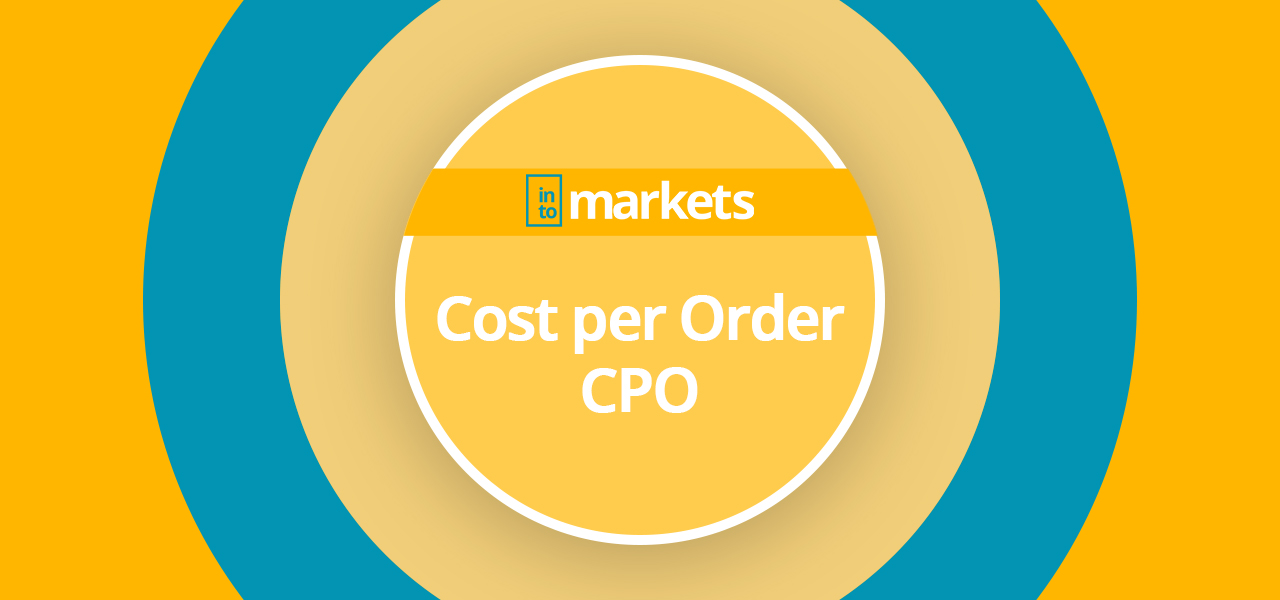What Does CPO Mean?
CPO as a Performance Indicator
The key performance indicator CPO (“Cost per Order”) describes the costs generated in marketing campaigns or lead generation per sale or lead. One calculates the CPO by dividing the sum of all costs incurred in a promotion by the number of responses generated. In addition to the costs, pay-per-click advertising (e.g., PPC marketing on Amazon) can take into account the total costs of all clicks incurred during the period. It is also possible to consider all marketing costs, including shipping costs.
The CPO measures the effectiveness of marketing efforts by comparing the total expenses with the total number of reactions; it is possible to see instantly how much a lead generation cost in total. When interpreting the CPO, it also makes sense to consider it in the context of the budget provided during the advertising campaign. For example, if the CPO is too high, the advertising budget will run out before the reach of the sales target. The goal of CPO is to maximize the number of sales while minimizing the cost of marketing, which is reflected in a relatively small CPO.
CPO as the Accounting Method
The term “cost per order” is not only a performance indicator, but it also describes a compensation model in online marketing. This model stipulates that the user only pays for his or her advertising if responses to the advertising campaign have taken place. This model is often used in affiliate marketing.
In this scenario, an affiliate is successful, and a customer places an order worth 50usd after he or she has reached the online shop’s website via the affiliate, the affiliate usually earns a percentage of the sales price, say 5%. The commission for the affiliate partner or the CPO for the online shop is therefore 5% of the sales price, i.e., 2.5usd. Often the commission is determined with a fixed price rather than a percentage; this last case is shown with the accounting model CPL (Cost per Lead).
Differentiation from the CPA Model
Similar to the CPO model, in the CPA ( cost-per action) model where an advertiser only pays to the promoter, the CPA billing model only pays to the promoter if the promotion has produced a specific result. With the CPO billing model, the advertiser pays the promoter when the customer has made a purchase. With the CPA model, the advertiser pays the promoter if the customer has carried out a previously defined action. Such as subscribing to a newsletter, downloading a paper or registered on a website.




